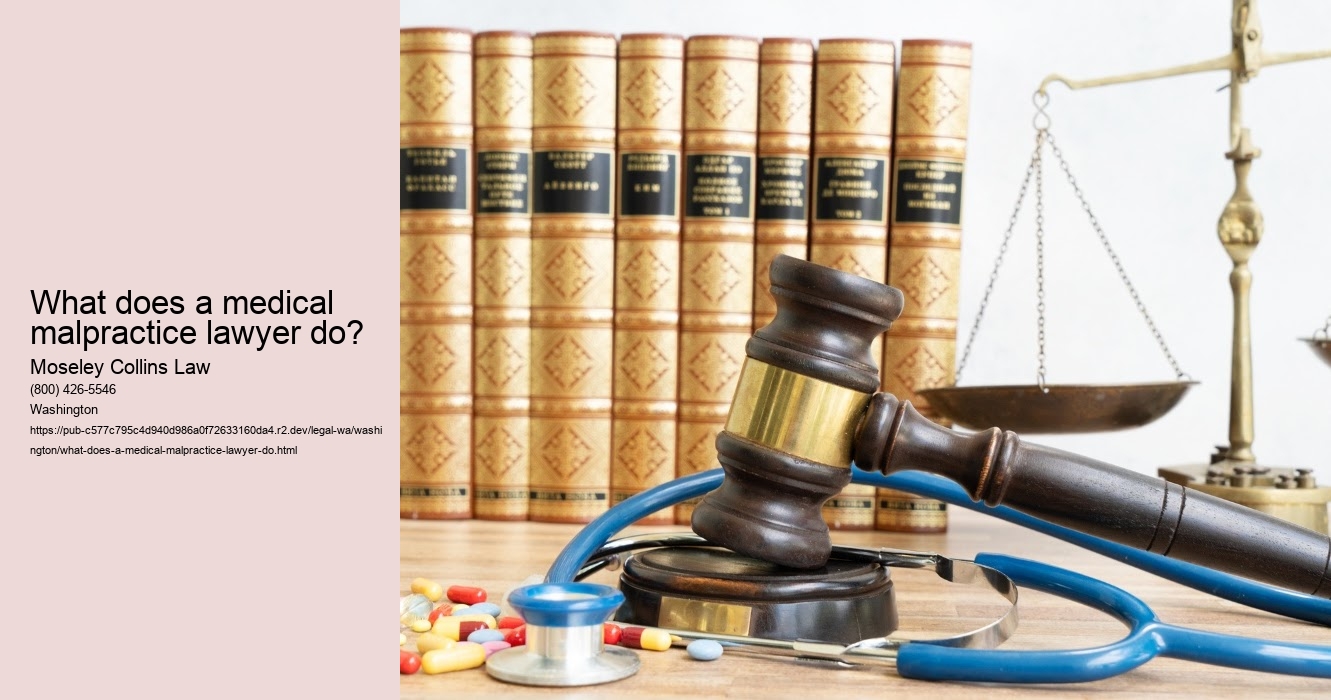A medical malpractice lawyer is a legal professional who specializes in helping individuals who have been injured or harmed as a result of medical negligence or errors. What is a medical malpractice lawyer? . These lawyers work to protect the legal rights of patients who have suffered due to the actions or inactions of healthcare providers.
In cases of medical malpractice, a lawyer will investigate the circumstances surrounding the injury or harm, gather evidence, consult with medical experts, and build a strong case to prove that the healthcare provider breached their duty of care to the patient. They will also work to negotiate fair settlements or take the case to court if necessary to ensure that their client receives the compensation they deserve.
Medical malpractice lawyers play a crucial role in holding healthcare providers accountable for their actions and ensuring that patients are able to receive justice and compensation for the harm they have suffered. They provide valuable legal guidance and support to individuals who may be facing a difficult and complex legal process.
Overall, a medical malpractice lawyer works tirelessly to advocate for their clients and help them navigate the legal system in order to achieve a fair and just outcome. Their dedication and expertise are essential in helping victims of medical malpractice to seek the justice and compensation they deserve.

